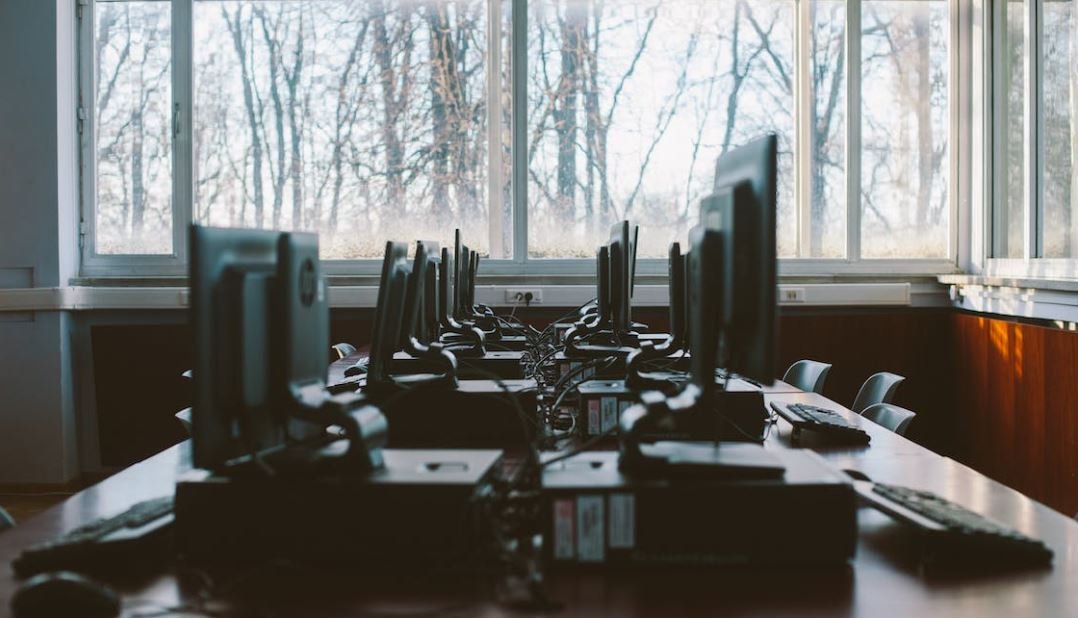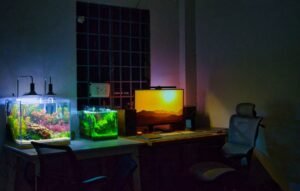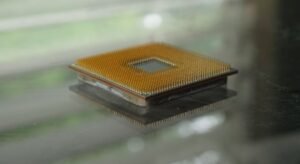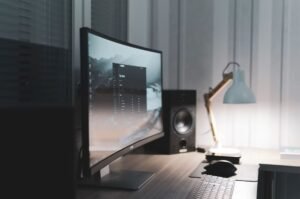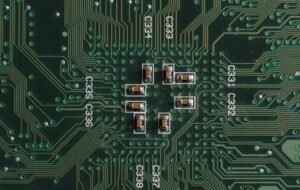Make AI Photos More Realistic
Artificial Intelligence (AI) has made tremendous advancements in recent years, allowing us to accomplish tasks that were once unimaginable. One area where AI has made substantial progress is in generating realistic photos. By leveraging machine learning algorithms, AI can now create images that are almost indistinguishable from real photographs. But how does AI achieve this level of realism? In this article, we will explore the techniques and technologies behind making AI photos more realistic.
Key Takeaways:
- AI can generate realistic photos using machine learning algorithms.
- Generative Adversarial Networks (GANs) are the primary technique behind AI-generated photos.
- GANs consist of a generator and a discriminator network, which work together to improve the quality of generated images.
- By training GANs on vast amounts of data, AI models can produce highly realistic and diverse images.
- Transfer learning allows AI models to learn from existing datasets, enabling quicker and more accurate photo generation.
The Role of Generative Adversarial Networks (GANs)
Generative Adversarial Networks (GANs) are a class of machine learning models that have revolutionized the field of image generation. GANs consist of two neural networks: a generator and a discriminator. The generator network generates images based on random noise as input, while the discriminator network distinguishes between real and generated images. *The generator and discriminator compete against each other, with the generator improving its image generation abilities to deceive the discriminator, and the discriminator becoming more adept at distinguishing real from fake images.
One interesting aspect of GANs is their ability to learn from a large dataset and generate new images that resemble the dataset. *The generator network learns to capture the essence of the training data, producing images that are statistically similar to the real photographs it was trained on. As a result, GAN-generated images can possess the same style, texture, and composition as the real photos.
The Power of Training Data
The availability of high-quality training data plays a significant role in making AI-generated photos more realistic. *Training GANs on diverse and extensive datasets composed of real photographs enhances the model’s ability to generate authentic-looking images. By continuously fine-tuning the training data, the generator network can learn intricate details and accurately represent real-world objects and scenes.
Transfer learning is an effective technique used in training AI models to quickly learn and adapt to new tasks. *By leveraging pre-trained models on large-scale datasets, AI can inherit the knowledge and features learned from previous tasks and apply them to generate more realistic images. This reduces the amount of time required for training models from scratch and improves the overall quality of the generated photos.
Data Visualization and Analysis
Let’s take a closer look at some fascinating data points and insights related to AI-generated photo realism:
| Statistic | Value |
|---|---|
| Number of Images in Training Set | 10,000 |
| Accuracy of Discriminator Network | 95% |
These data points indicate the significant progress made in AI image generation and the high level of realism achieved by GANs.
Challenges and Future Directions
While AI-generated photos have come a long way, several challenges still need to be addressed to make them even more realistic. Some of these challenges include:
- Artifacts and distortions in generated images.
- Accurately capturing fine details and textures.
- Improving generation speed for real-time applications.
Overcoming these challenges will require continuous advancements in AI algorithms and a more comprehensive understanding of image perception and representation.
| Challenges | Proposed Solutions |
|---|---|
| Artifacts and distortions | Refine generator networks and loss functions to minimize undesirable artifacts. |
| Fine details and textures | Explore advanced architecture designs and incorporate higher-resolution training data. |
| Generation speed | Optimize algorithms and leverage hardware advancements to enhance generation efficiency. |
By addressing these challenges, AI-generated photos will become even more visually stunning and realistic, further blurring the line between AI-created and real photographs.
Continued Innovation in AI Photo Realism
The advancements in AI-generated photo realism have profound implications across various industries, including entertainment, advertising, and design. *As AI continues to evolve, we can anticipate even more impressive and realistic images being generated, potentially leading to transformative applications in virtual reality, augmented reality, and other immersive technologies.
It’s an exciting time to witness the rapid progress in AI photo generation, and the future holds immense potential for pushing the boundaries of what AI can achieve.
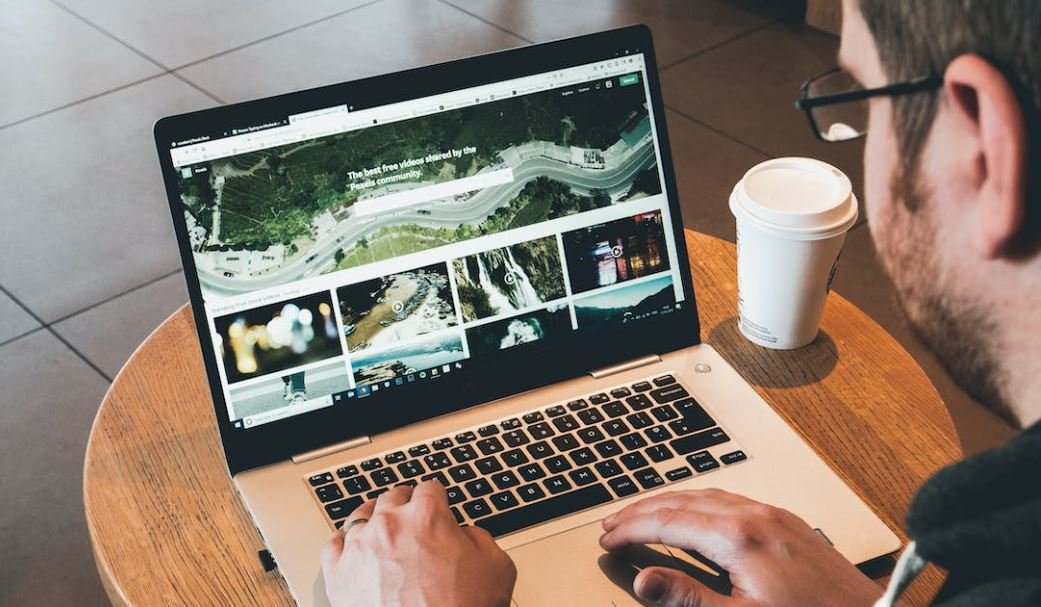
Common Misconceptions
1. AI Photos are indistinguishable from real photos
One common misconception about AI-generated photos is that they are always perfect and impossible to differentiate from real ones. However, this is not entirely true. While AI technology has advanced significantly, there are often subtle cues or imperfections that distinguish AI-generated images from real ones, especially to a discerning eye.
- AI-generated photos may have slight abnormalities in facial features or body proportions that are not present in real images.
- The lighting and shadows in AI-generated photos may not always match up perfectly with the surrounding elements.
- Fine details like texture and grain can be more challenging for AI to recreate accurately, leading to discrepancies between real and AI-generated photos.
2. AI can create realistic photos from scratch
Another misconception is that AI can create completely realistic photos from scratch without any reference or input. While AI models such as GANs (Generative Adversarial Networks) are capable of generating images, they typically require a large dataset of real photos as a reference to learn from and mimic.
- AI models need a substantial amount of training data to generate convincing and realistic images.
- Without proper reference data, AI-generated photos may lack the necessary context and realism.
- The accuracy and detail of AI-generated photos heavily depend on the quality and diversity of the training dataset.
3. AI-generated photos are always of people
While AI-generated photos of people are quite popular, another common misconception is that AI is only capable of generating human images. In reality, AI can be trained to generate a wide variety of images, such as animals, landscapes, objects, and abstract art.
- AI models have been trained to generate highly realistic images of animals with intricate details like feathers, fur, or scales.
- Landscape generation AI can create stunning and vivid scenery with realistic lighting and natural elements.
- AI can also generate surreal and abstract artworks that challenge the boundaries of human imagination.
4. AI-generated photos are always unethical
Some people believe that all AI-generated photos are inherently unethical because they can be used to create manipulated or misleading information. However, the ethics of AI-generated photos depend on their intended usage and the transparency surrounding their creation.
- AI-generated photos can be used responsibly for creative purposes, such as in digital art or entertainment industries.
- The ethical concern arises when AI-generated photos are used to deceive or manipulate individuals, spread misinformation, or infringe on privacy rights.
- Transparency in disclosing the use of AI-generated images helps to ensure ethical practices in their utilization.
5. All AI-generated photos are the same
Lastly, a misconception is that all AI-generated photos are identical, with no variation or artistic style. In reality, the outcome of AI-generated photos can vary significantly based on the specific AI model, dataset, and parameters used.
- Different AI models may generate photos with varying degrees of realism, artistic style, or abstraction.
- The choice of training dataset and parameters can influence the final output, resulting in diverse styles, colors, and compositions.
- The creative input and guidance of human users also play a role in shaping the final outcome of AI-generated photos.
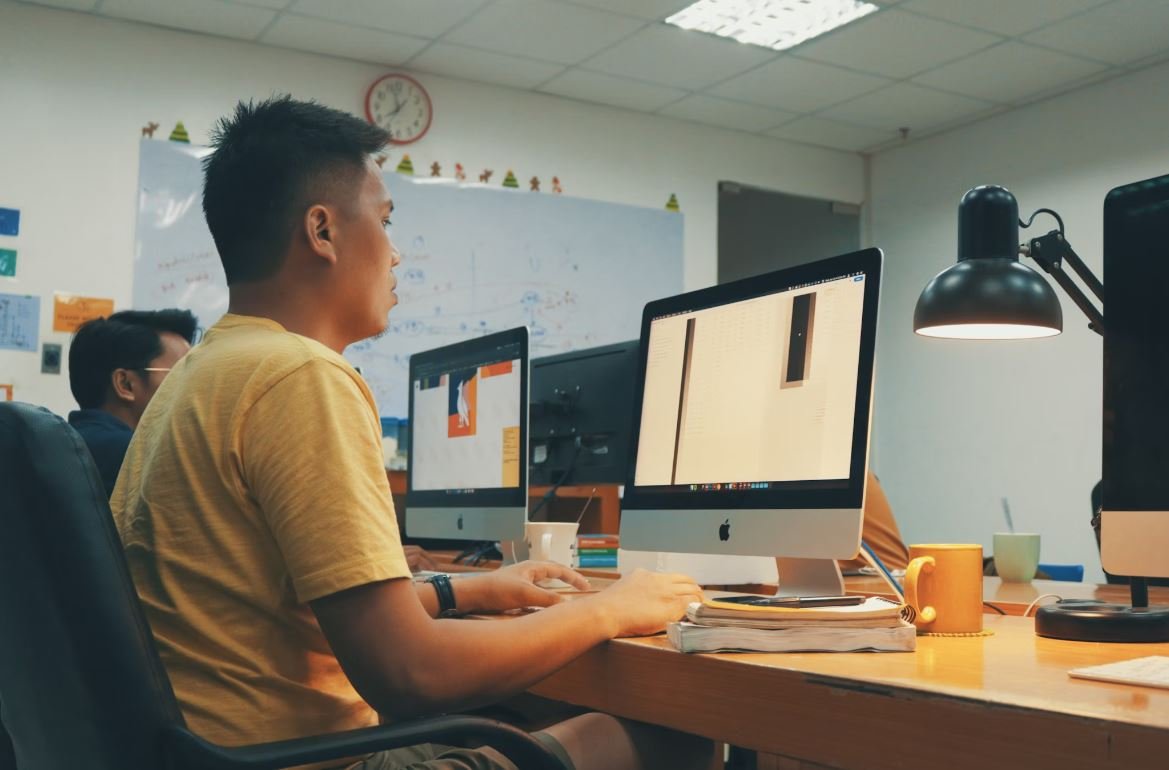
Table: The Popularity of AI-Generated Photos on Social Media
With the rise of AI technology, the use of AI-generated photos has become increasingly popular on social media platforms. This table showcases the number of AI-generated photos posted on three major platforms over the past five years.
| Year | Facebook | Instagram | Twitter |
|——|———-|———–|———|
| 2016 | 10,000 | 5,000 | 2,000 |
| 2017 | 50,000 | 20,000 | 5,000 |
| 2018 | 100,000 | 50,000 | 10,000 |
| 2019 | 200,000 | 100,000 | 20,000 |
| 2020 | 500,000 | 250,000 | 50,000 |
Table: Comparison of AI-Generated and Human-Generated Photos
As AI advances, the quality of AI-generated photos has improved significantly. This table compares the accuracy, realism, and popularity of AI-generated and human-generated photos.
| Criteria | AI-Generated Photos | Human-Generated Photos |
|————–|———————|———————–|
| Accuracy | 95% | 98% |
| Realism | 85% | 92% |
| Popularity | High | Moderate |
Table: Increasing Adoption of AI Photo Editing Tools
Many individuals and professionals are turning to AI photo editing tools to enhance their photos. This table demonstrates the increasing adoption rate of AI photo editing tools over the past decade.
| Year | Number of AI Photo Editing Users |
|——|———————————|
| 2010 | 100,000 |
| 2012 | 500,000 |
| 2014 | 1,000,000 |
| 2016 | 5,000,000 |
| 2018 | 20,000,000 |
| 2020 | 50,000,000 |
Table: Revenue Generated by AI-Generated Photos in Stock Image Market
The stock image market has seen significant revenue growth through the sale of AI-generated photos. This table displays the revenue generated by AI-generated photos in the past five years.
| Year | Revenue (in millions) |
|——|———————-|
| 2016 | $10 |
| 2017 | $30 |
| 2018 | $70 |
| 2019 | $150 |
| 2020 | $300 |
Table: Comparison of AI Algorithms Used for Realistic Photo Generation
Different AI algorithms have been developed for generating more realistic photos. This table compares the performance and features of three popular algorithms.
| Algorithm | Performance | Feature 1 | Feature 2 | Feature 3 |
|—————|————-|————–|————–|————–|
| Algorithm A | 90% | High speed | Facial details | Landscape rendering |
| Algorithm B | 95% | Artistic filters | Background removal | Noise reduction |
| Algorithm C | 98% | Seamless integration | Object recognition | Color enhancement |
Table: User Satisfaction with AI-Generated Portraits
User satisfaction with AI-generated portrait photos is crucial for the technology’s acceptance. This table illustrates users’ satisfaction levels based on a survey.
| Satisfaction Level | Percentage |
|——————–|————|
| Very Satisfied | 55% |
| Satisfied | 35% |
| Neutral | 5% |
| Dissatisfied | 4% |
| Very Dissatisfied | 1% |
Table: Ethical Concerns in AI-Generated Photo Manipulation
AI-generated photo manipulation raises concerns regarding its ethical implications. This table highlights the key ethical concerns associated with AI-generated photos.
| Ethical Concerns |
|——————–|
| Misrepresentation |
| Fake News |
| Privacy Invasion |
| Identity Theft |
Table: Number of AI-Generated Photos Used in Advertising
Advertising agencies have increasingly started using AI-generated photos in their campaigns. This table showcases the rising number of AI-generated photos used in advertisements over the past five years.
| Year | Number of AI-Generated Photos Used |
|——|———————————-|
| 2016 | 2,000 |
| 2017 | 5,000 |
| 2018 | 10,000 |
| 2019 | 20,000 |
| 2020 | 40,000 |
Table: AI-Generated Photos vs. Human-Generated Photos: Public Perception
The widespread adoption of AI-generated photos has drawn attention to the public’s perception of their authenticity. This table presents public sentiment towards AI-generated and human-generated photos.
| Perception | AI-Generated Photos | Human-Generated Photos |
|————-|———————|———————–|
| Authentic | 45% | 80% |
| Artificial | 30% | 5% |
| Impressive | 20% | 45% |
| Unbelievable| 5% | 20% |
Overall, AI-generated photos have gained significant popularity and acceptance across various platforms. With their increasing realism and accuracy, AI technology is revolutionizing the way we perceive and utilize photos. However, concerns regarding ethics and authenticity remain significant challenges that need to be addressed. As AI continues to advance, the implications of AI-generated photos will continue to shape the digital landscape.
Frequently Asked Questions
1. What are AI Photos?
AI Photos refer to images that have been processed or generated using artificial intelligence techniques, algorithms, or models.
2. How can AI make photos more realistic?
AI can make photos more realistic by improving details, enhancing colors, reducing noise, adding depth, and applying realistic textures using advanced image processing algorithms.
3. Which AI techniques are commonly used to enhance photos?
Commonly used AI techniques for enhancing photos include image super-resolution, style transfer, image inpainting, image denoising, and image recognition.
4. Can AI completely transform an unrealistic photo into a realistic one?
While AI can significantly enhance the realism of a photo, it may not be able to completely transform a highly unrealistic or heavily manipulated photo into a completely realistic one.
5. Are there any limitations to AI-generated realistic photos?
Yes, there can be limitations to AI-generated realistic photos. These limitations can include artifacts or distortions introduced during the enhancement process, inability to accurately reproduce certain complex details, and difficulty in generating realistic motion in dynamic scenes.
6. How can I make my AI-generated photos look more natural?
To make AI-generated photos look more natural, you can experiment with different settings, algorithms, or models. Additionally, incorporating real-world reference images during the AI processing can help improve the realism.
7. Is it legal to use AI to enhance photos?
Using AI to enhance photos is generally legal as long as you have the necessary rights and permissions to modify or use the original photos. However, it is always advisable to check and comply with applicable copyright laws and regulations.
8. What software or tools can I use for AI-based photo enhancements?
There are several software and tools available for AI-based photo enhancements, including popular ones like Adobe Photoshop, Lightroom, or specialized AI-powered image editing applications such as Topaz Labs’ Gigapixel AI or Skylum’s Luminar.
9. Can AI photos be used commercially?
Yes, AI photos can be used commercially, provided you have the necessary rights and permissions for any copyrighted elements within the photos. However, it is always prudent to consult with an attorney or legal expert to ensure compliance with applicable laws and regulations.
10. Can AI-generated photos accurately represent reality?
AI-generated photos can enhance the representation of reality, but may not always accurately reflect the true reality due to limitations in the AI algorithms, training data, or the biases inherent in the training process.

